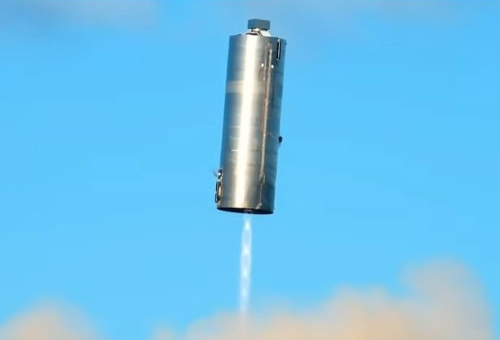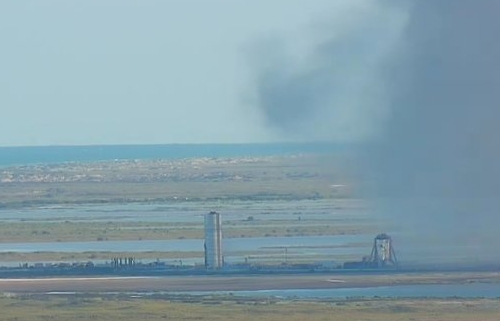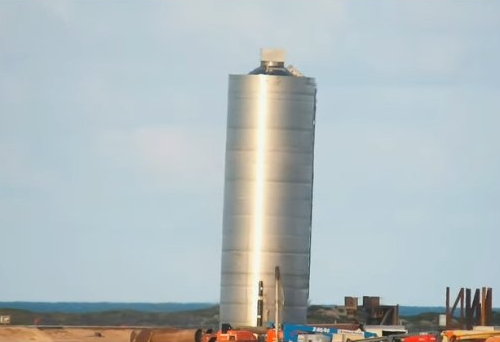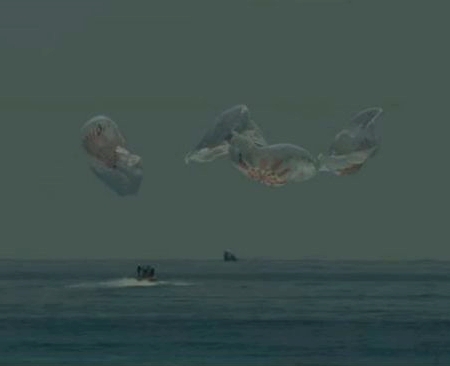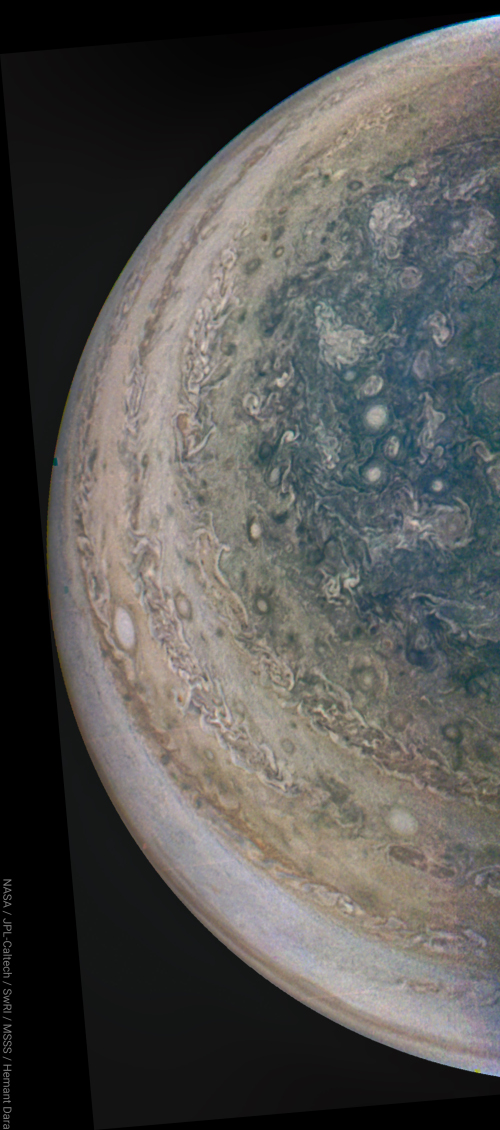MIT last week released a seven-minute-long fake documentary that made believe the Apollo 11 landing on the Moon was a failure and that Armstrong and Aldrin had died. The big moment in the film was the faked but very real-looking broadcast of President Richard Nixon giving the speech to the nation, announcing their death. (The speech was actually written by Nixon just in case the mission had failed, so those are his words, though never actually spoken in public.)
In this disturbingly real deepfake video, President Nixon breaks the news that NASA failed and astronauts died on the moon. Deepfakes are video forgeries that make people appear to be doing or saying things they aren’t. Deepfake software has made manipulated videos accessible and increasingly harder to detect as fake.
…It took a half a year for Massachusetts Institute of Technology AI experts to create the very convincing 7-minute deepfake video that mixes actual NASA footage with Nixon delivering a tragic speech as though Apollo 11 had not succeeded in its mission to the moon.
Artificial intelligence “deep-learning” technology was used to make Nixon’s voice and facial movements convincing. The contingency speech (which can be found in National Archives) was read aloud by an actor.
The makers of this fake film claim it was done “to show people the dangerous influence deepfake videos can have on an unsuspecting public.” I say it was done to demonstrate that it could be done, and thus lay the groundwork for discrediting politicians who don’t toe the party line. Politicians now know that they can be destroyed either with faked videos having them do something ugly, or by convincing the public that something they really did say was instead fake.
The level of immorality required to spend the time to create such fakery boggles my mind. It used to be that people questioned the morality of everything they did. For example, in the 1930s physicists and nuclear scientists wrestled with the idea of working on nuclear weapons, and most only ended up doing it during World War II because of the threat that the Nazis would get it first. Otherwise most would not have refused.
It is for this exact same moral reason that I always let my readers know every change I make to any NASA image, in order to gain their trust about what I present.
It appears to me that makers of this video at MIT had no such moral qualms. Instead, their effort has acted to further erode the public’s faith in any information they get about anything. Soon no one will be able to trust anything they read or see, especially because most mainstream news organizations today are decidedly lax about revealing such photo-shopping. Instead, such photo-manipulation is becoming increasingly common, without any notice to the public that it is being done.
This fake video demonstrates that now, anything goes. And yes, we all should expect this technology to be used quite soon in politics. There is no ethics there any longer, at all. Politicians were always a profession that attracted a low class of individuals, but that class is now lower because the entire society has declined.
Hat tip Mike Nelson.

